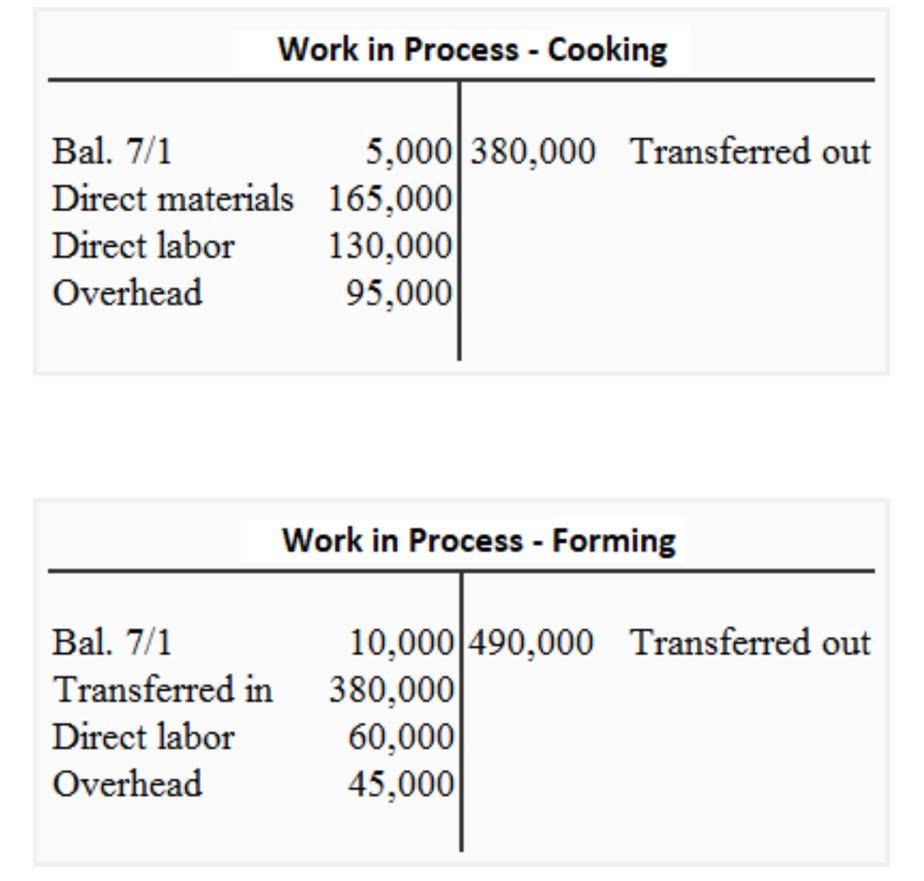
Additionally, reducing marketing and advertising expenses without compromising product or service quality could help businesses save money. For example, if a company with $100,000 in revenue has a gross margin of 50%, it means they have $50,000 left over after accounting for the COGS. A surge in demand can allow companies to command higher prices, potentially boosting the gross margin. Conversely, a decrease in demand might necessitate discounts or promotions, which can depress the margin.

Premium Investing Services
- The decrease was primarily due to lower sales in infant formula within baby and kids as well as personal care, in part due to portfolio simplification, partially offset by growth in beverages.
- However, this must be done competitively – otherwise, the goods would be too expensive and fewer customers would purchase from the company.
- It can keep itself at this level as long as its operating expenses remain in check.
- Marking up goods (selling goods at a higher price) would result in a higher ratio.
- From raw material costs to direct labor, COGS offers a microscopic view of the expenses incurred in bringing a product or service to market.
- In simple terms, gross profit margin shows the money a company makes after accounting for its business costs.
- All cells with blue font and light grey shading can be used to enter your own numbers.
Past performance, while not an infallible predictor, offers invaluable insights. By delving into historical data, businesses can trace the trajectory of their gross margin. Factors like economies of scale, bulk purchasing advantages, and production efficiencies can lead to a more favorable cost structure, gross margin accounting enhancing the gross margin. The skeletal framework of a company’s expenses, or its cost structure, plays a pivotal role in shaping gross margin. While high revenue can be a sign of flourishing sales, it’s the interplay between revenue and costs that truly defines a company’s financial health.

Which of these is most important for your financial advisor to have?
This doesn’t mean the business is doing poorly—it’s simply an indicator that they’re developing their systems. In contrast, industries like clothing sales tend to have high input costs since they have to account for both labor and materials. A clothing retailer might have a gross profit margin of anywhere from 5% to 13% and still be considered a healthy business. It’s helpful for measuring how changes in the cost of goods can impact a company’s profits.
How to Calculate Gross Margin
Marking up goods (selling goods at a higher price) would result in a higher ratio. However, this must be done competitively – otherwise, the goods would be too expensive and fewer customers would purchase from the company. If companies can get a large purchase discount when they purchase inventory or find a less expensive supplier, their ratio will become higher because the cost of goods sold will be lower. Labour costs are a function of the hourly rate paid and the number of hours worked. And it’s tied closely to current economic conditions and the unemployment rate. If the economy is growing, you may need to pay a higher hourly rate to attract qualified workers.
What are the limitations of the gross profit ratio?
It shows how much profit a company makes after paying off its Cost of Goods Sold (COGS). First, subtract the COGS from a company’s net sales, which is its gross revenues minus returns, allowances, and discounts. Then, divide this figure by net sales to calculate the gross profit margin as a percentage.
What is a Good Profit Margin?
How to use the net profit margin formula

What’s the Difference Between a High and Low Gross Profit Margin?
